Pathological Anatomy
"We make available to the patient several alternatives to obtain a second diagnostic opinion or, simply, the explanation of the content of the anatomopathological reports received".
DR. Mª DOLORES LOZANO ESCARIO CODIRECTOR. PATHOLOGICAL ANATOMY DEPARTMENT

The Pathological Anatomy Service collaborates with all the departments of the Clinic and forms part of the multidisciplinary areas to achieve an accurate and rapid diagnosis of diseases.
We have great experience in molecular biology, a technique of high sensitivity, specificity and speed. This allows us to identify markers for early diagnosis, as well as to develop new and effective therapeutic strategies.
We are specialists in the intraoperative study, necessary for decision making during surgery. This requires a high specialization and a great coordination with the surgeon.
We have implemented the Quality Control Programs in Molecular Biology and in Immunohistochemistry, of the Spanish Society of Pathological Anatomy, to offer a service of maximum quality for our patients.

Do you need a remote second opinion?
Our professionals will provide you with a medical evaluation without you having to leave your home.
Organized in assistance areas
Our goal is to make a quick diagnosis in order to establish the most appropriate treatment as soon as possible
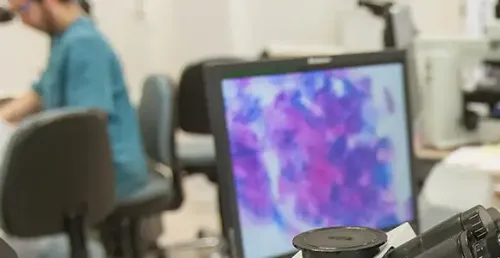
Image Analysis and Telepathology
Image analysis allows the evaluation of biomarkers of prognostic or predictive relevance that are valuable in clinical decision making. The most frequent are c-erb-2, estrogen, progesterone and Ki-67 receptors, useful in the case of breast cancer.
We also have a telepathology team that allows us to obtain virtual histological preparations that facilitate communication and advice between professionals, as well as the teaching of pathological anatomy in pre- and post-graduate studies.
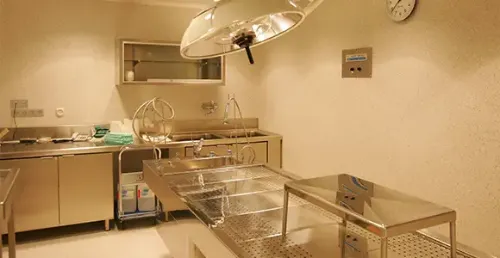
Clinical Autopsy
The autopsy provides very valuable information to reach a definitive diagnosis of the patient's disease and the cause of death. It requires special expertise and appropriate technical means.
The Pathological Anatomy Service has a modern, very well equipped prosection room and an annex laboratory that allows the necessary tests to be carried out in the investigation of the disease.
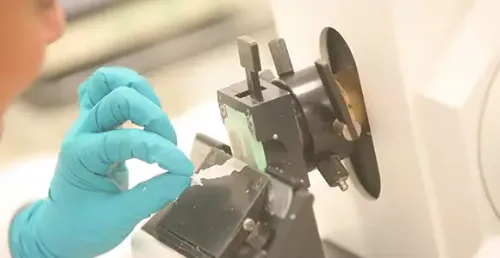
Histotechnique
The anatomopathological samples should be processed for histological study. One of the steps of this process is the microtomy, by which the tissue samples are obtained in an automated way and by means of which kerosene cuts of 4-5 microns thickness are obtained. To carry out this process, great expertise is needed.
We carry out the application of special techniques for staining the preparations (histochemistry). This whole process requires constant control of efficiency, quality and safety.
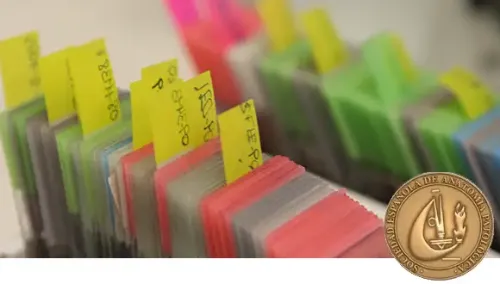
Immunohistochemistry
Immunostaining techniques to demonstrate a variety of antigens present in the smears studied, for the differentiation of tumors, location of unknown primary tumors, determining the nature of micrometastasis, typing diseases for more precise treatment, detection of factors of predictive value, etc.
Accredited by the Spanish Society of Pathological Anatomy.
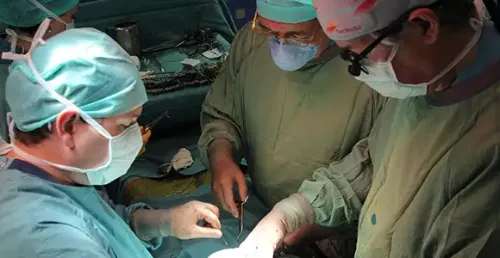
Intraoperative study and macroscopy
The intraoperative study, necessary for decision-making during surgery, is always carried out in close collaboration with the surgeon. The anatomopathological diagnosis is quickly issued and communicated verbally and in writing to the surgeon.
Sometimes, this type of intraoperative study may need to be performed several times in the same surgical intervention, for example, to ensure that the margins removed from a lesion are free of tumor cells.
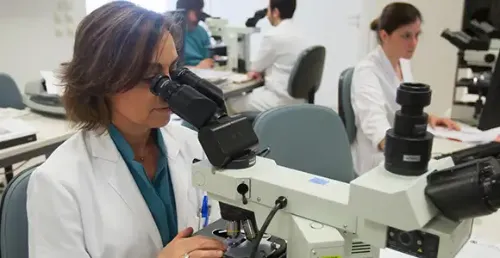
Electronic microscopy
Electron microscopy is a very useful technique for the diagnosis of diseases, e.g. depository diseases, neuromuscular diseases, neuropathology and in the characterization of neoplasms, among other applications.
In the research field, electronic microscopy and immunoelectromicroscopy are used in several research lines of the Pathological Anatomy Service.

Molecular Biology Techniques
The molecular techniques applied to diagnosis offer greater sensitivity, specificity and speed with minimum sample requirements compared to conventional tests in the diagnosis of hereditary and acquired diseases.
This allows the early start of the best therapeutic scheme, thus decreasing the probability of complications.
- Association between breast cancer genesis and BRCA gene mutations.
- Diagnosis of infectious diseases since, sometimes, they overcome the limitations imposed by organisms for their isolation.
- The analysis and cloning of the genome of the hepatitis C virus (HCV) that allows to obtain viral antigens necessary for the development of serological tests.
The wide application of molecular biology results from its high sensitivity, specificity, speed and relatively inexpensive cost.
Do you need to request a consultation with one of our specialists?
CLOSER TO THE PATIENT
Advice from our specialists
We put at your disposal all the experience of our professionals that will help you to better understand the results of the tests that have been performed or to obtain a second opinion to confirm a diagnosis.
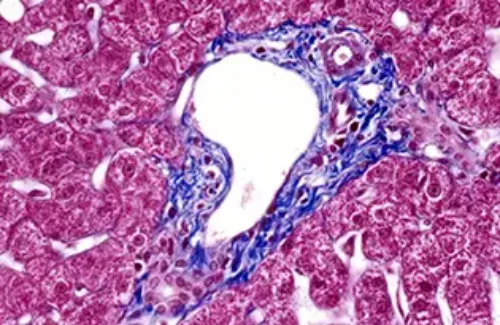
2nd Opinion Consultation
For those patients who already have a clinical or anatomopathological diagnosis, the samples obtained will be re-examined and a diagnostic judgment will be made. For this type of consultation, it is necessary to request an appointment in advance at the medical department that corresponds to the diagnosed disease.
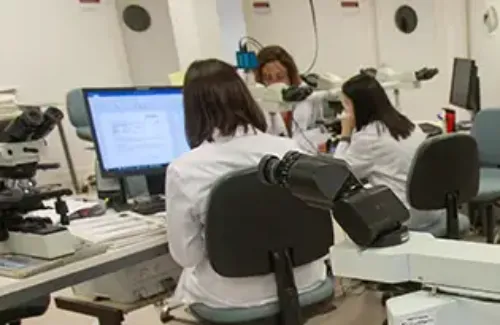
Patient counseling
Due to the nature of the specialty, pathological anatomy reports are sometimes difficult to understand. The Pathological Anatomy Service offers you the possibility of consulting the pathologist directly and he will explain all the doubts.

Why choose the Clinic?
- Speed in issuing a diagnosis.
- Experience of our professionals in anatomopathological diagnosis.
- We have the most advanced technology in the market.
Our team of professionals
Obtaining, processing and storing human biological samples to make them available to the scientific community
Biobank
Accredited by the Carlos III Health Institute and integrated in the National Network of Biobanks
The Clinic's Pathological Anatomy Service collaborates in the process of creating the Frozen Tumor Bank, one of the sections of the Biobank of the Universidad de Navarra.
The process of selection and taking of representative samples of the neoplasms is protocolized and carried out with the highest quality measures.










